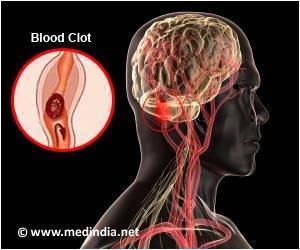Penumbra's aspiration system provides an effective frontline thrombectomy approach for acute ischemic stroke.

‘The ASTER study provides evidence that starting with Penumbra aspiration first as part of the ADAPT technique is similar to the stent retriever technique.’





"The ASTER study provides evidence that starting with Penumbra aspiration first as part of the ADAPT technique is similar to the stent retriever technique," said Michel Piotin, principal investigator and interventional neuroradiologist at Rothschild Fondation Hospital in Paris. "The ADAPT technique offers the possibility to easily add a stent retriever following Penumbra aspiration if needed, leading to time savings."
The data showed that the ADAPT technique compared favorably: 85.4% of patients treated with Penumbra's aspiration system achieved the primary endpoint of TICI 2b/3 at the end of the procedure compared with 83.1% of patients treated with stent retrievers (p=0.53). Moreover, 63.0% of patients treated with Penumbra's aspiration system achieved the secondary endpoint of TICI 2b/3 after frontline treatment compared to 67.7% with stent retrievers (p=0.33).
"The ASTER Trial shows no significant difference in revascularization rate and safety using either thrombectomy technique - Penumbra aspiration and stent retrievers - for acute ischemic stroke patients with large vessel occlusions," said Bertrand Lapergue, Division of Neurology, Stroke Center, Foch Hospital, University Versailles Saint-Quentin en Yvelines (France) and scientific coordinator for the study.
"The broad eligibility criteria achieved in the ASTER Trial make the results generalizable to the majority of stroke patients with large vessel occlusions."
Secondary safety endpoints presented, including embolization in new territory (ENT) and symptomatic intracranial hemorrhage (sICH), were not statistically different between the two arms.
Advertisement
"The ADAPT technique with the Penumbra System as a frontline approach together with complementary adjunctive devices when needed offers a cost-effective solution for treating stroke patients, which is critical as patient access to mechanical thrombectomy is further expanded."
Advertisement














